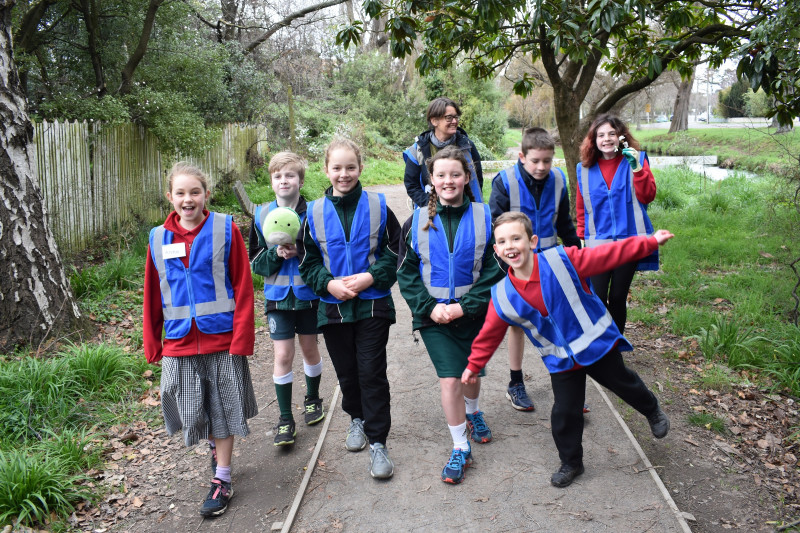The project is a conservation education programme based on the Collaborative Community Education Model (CCEM), developed by Department of Conservation.
The framework endeavours to develop a programme that is an authentic, collaborative, student-led, continuous learning journey and provides teacher professional development and support.
Other projects using this model include Kids Greening Taupo (external link)and Town Belt Kaitiaki(external link) in Dunedin.



 Tuna-eel monitoring
Tuna-eel monitoring